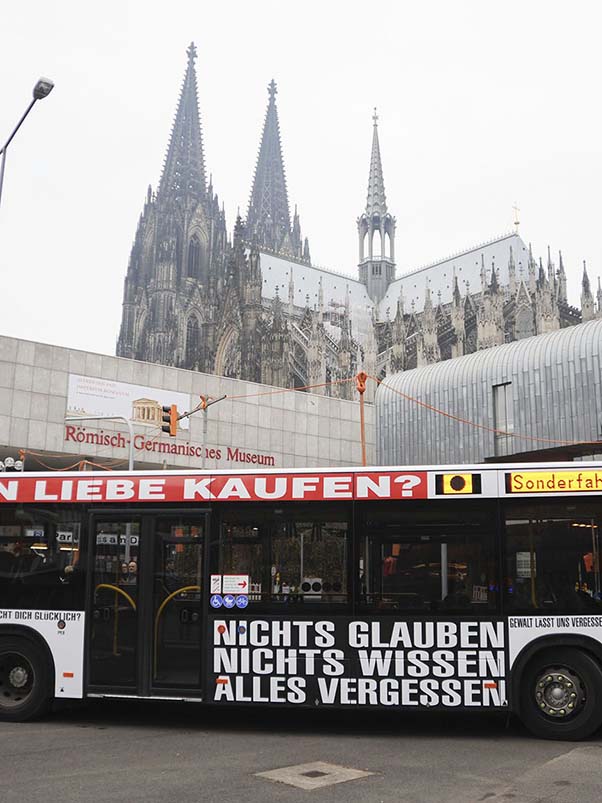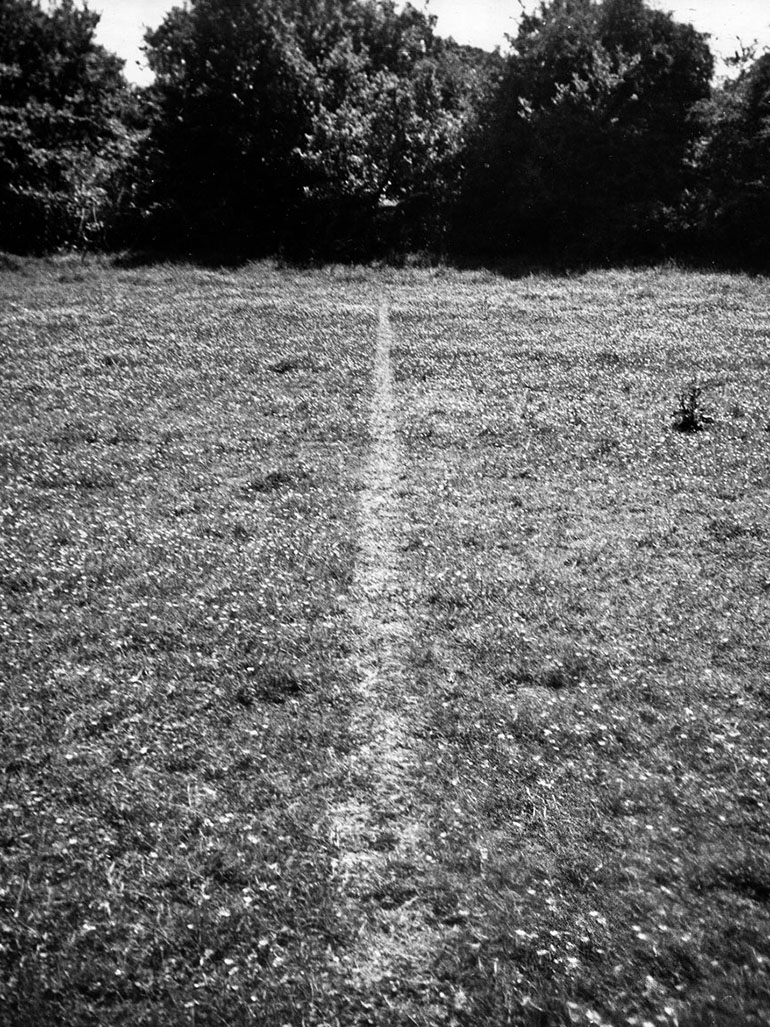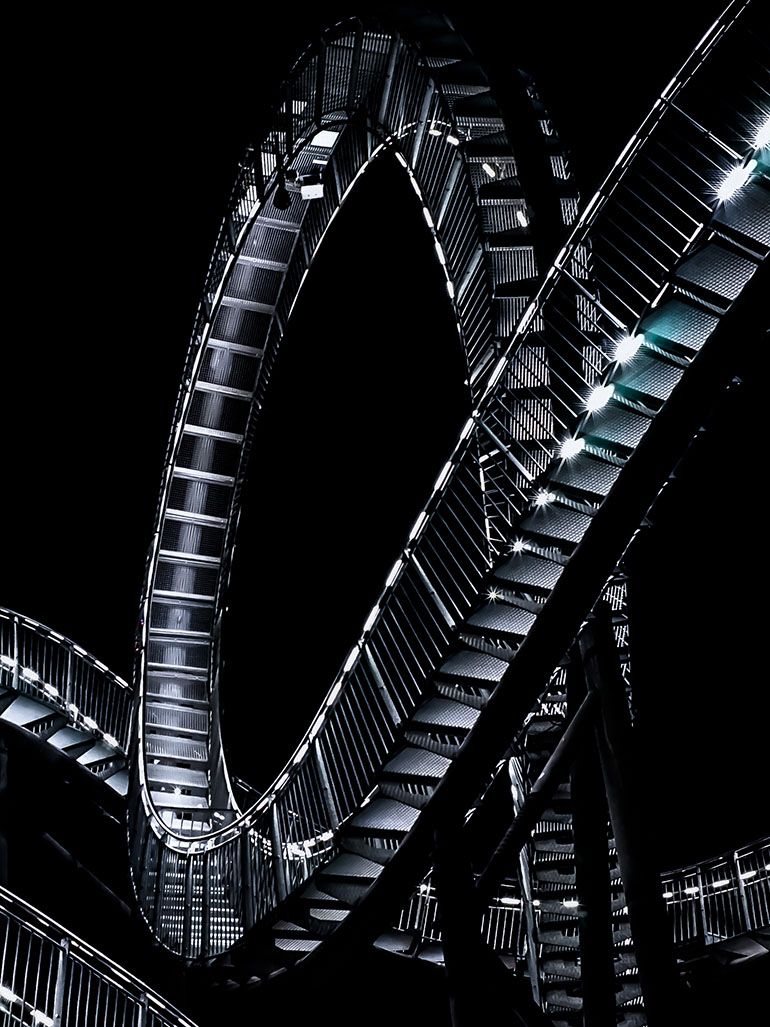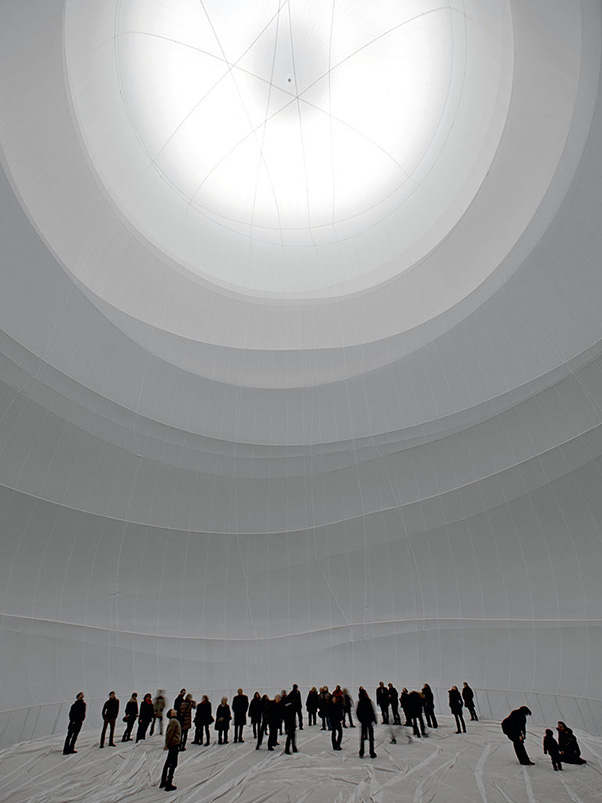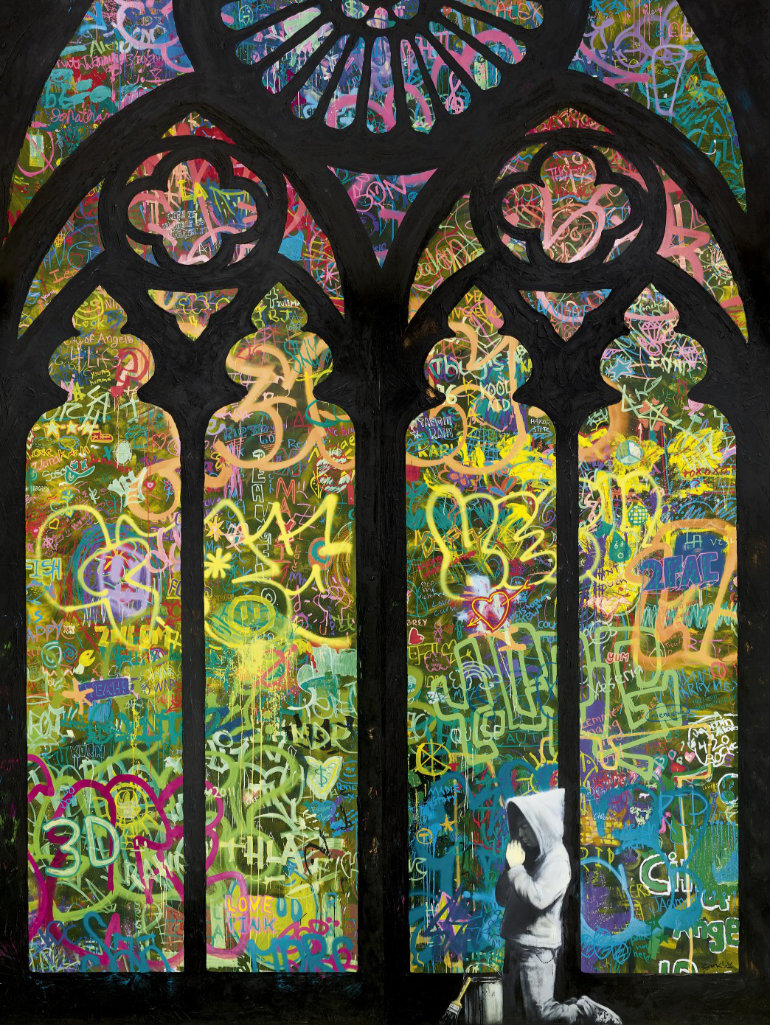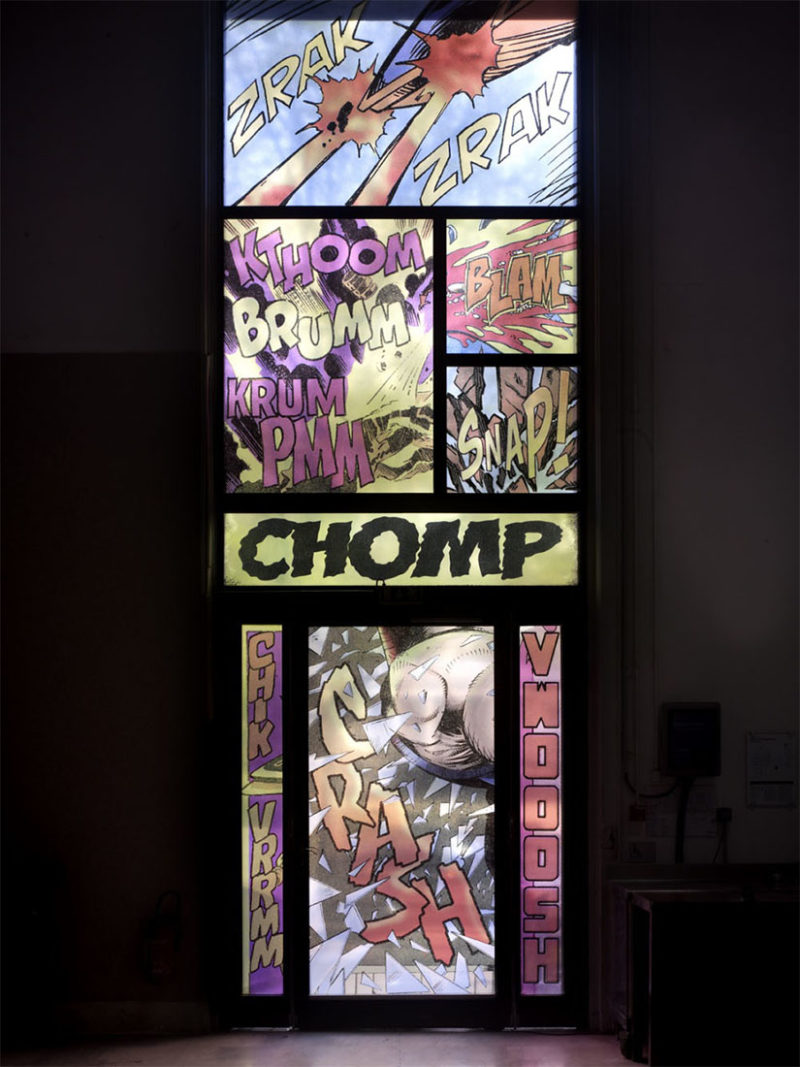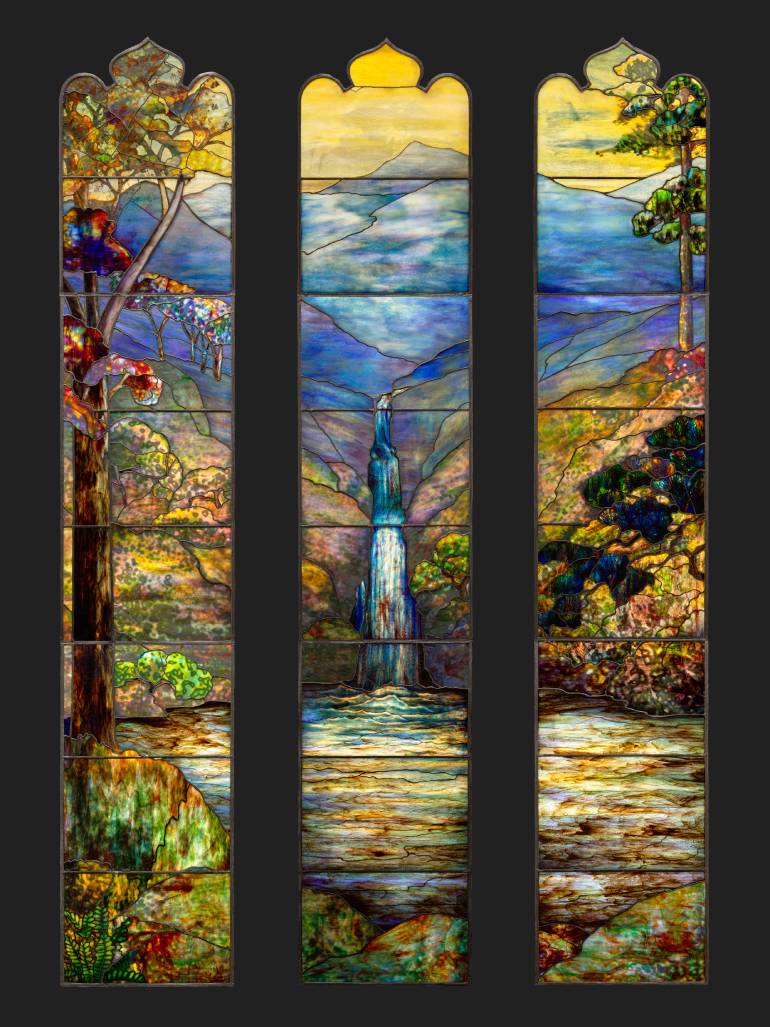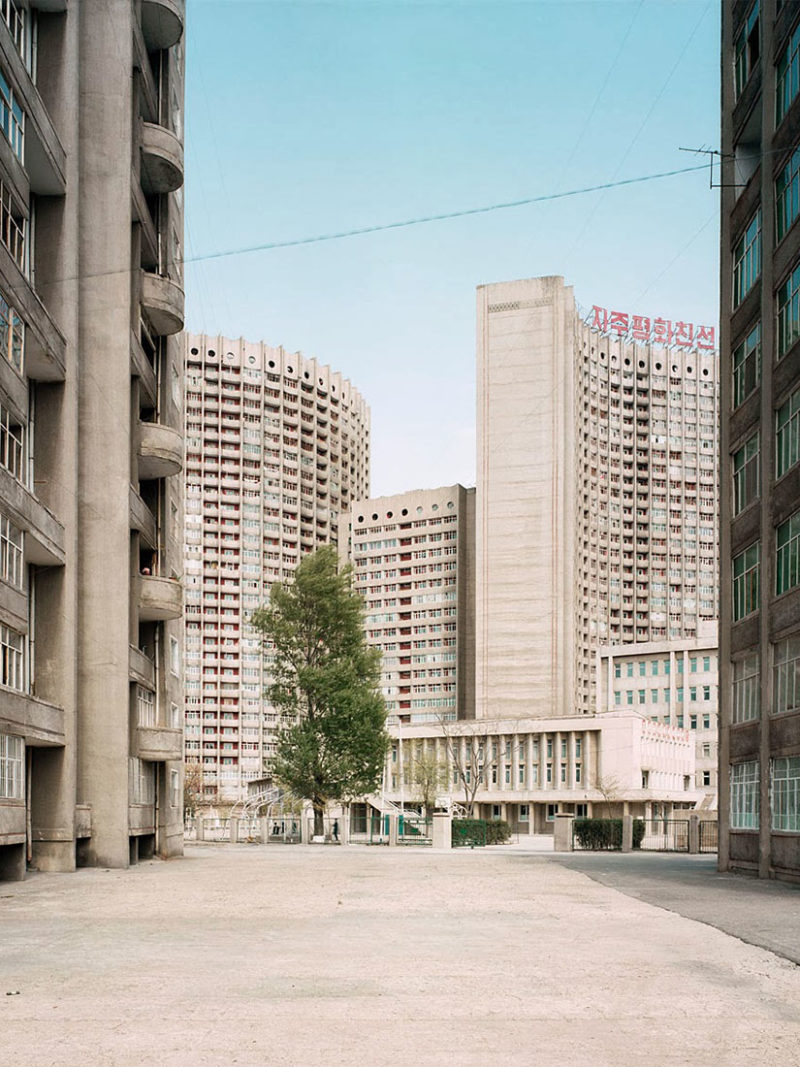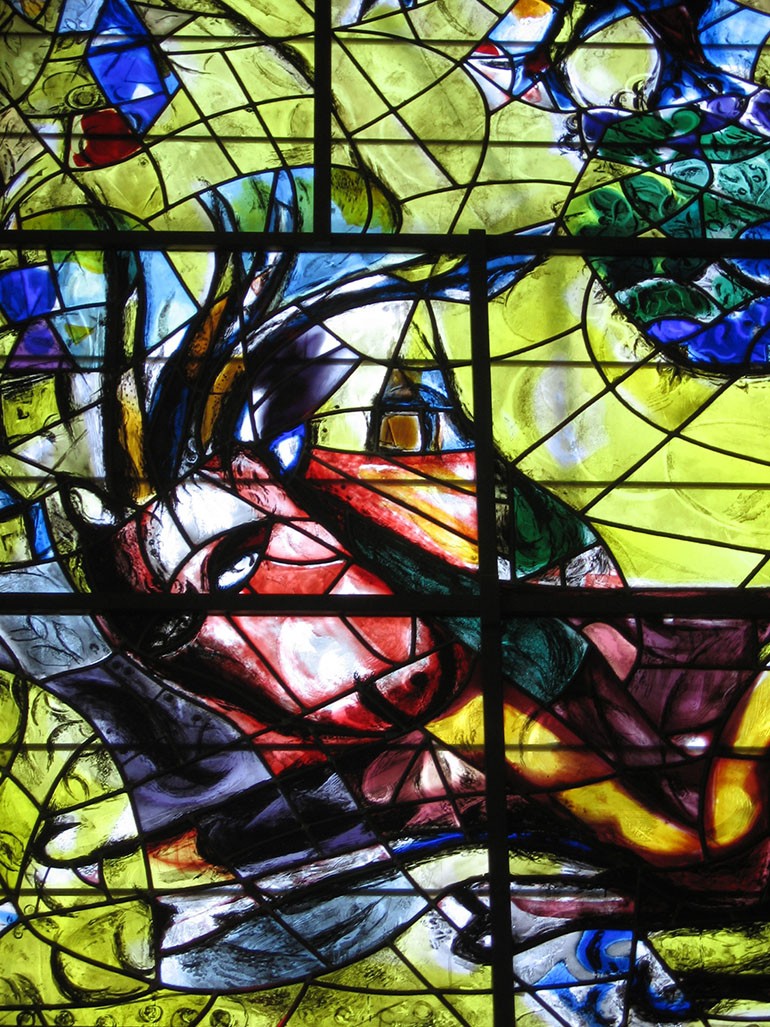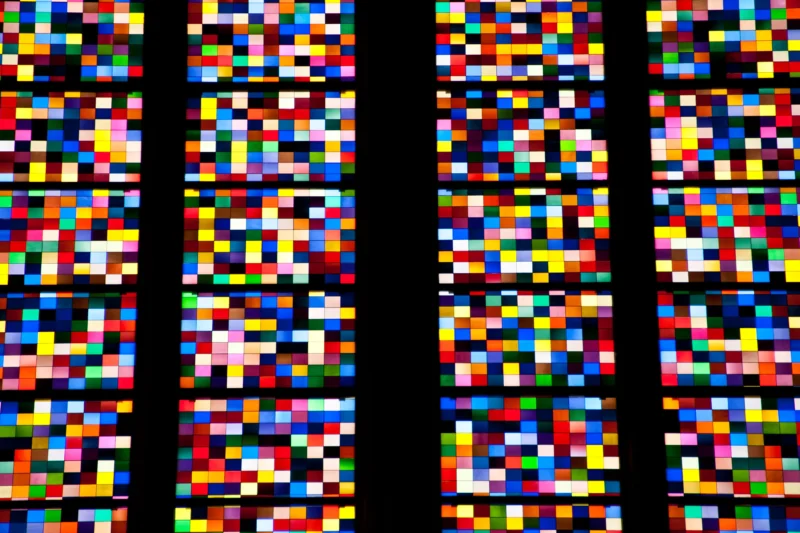
Who is Gerhard Richter?
Gerhard Richter 1 is an 87-year-old German artist, mostly known for his photorealistic paintings. Many regard him as one of the most dumbfounding and hardworking artists. He still keeps himself busy, creating new works, mostly in his Cologne studio.
Cologne Cathedral Window, 2007
Richter has also proven his generosity. He donated one of his works, an enormous 23 x 9-meter stained glass window, to the Cologne Cathedral. Some of the churches 2‘ windows got destroyed during WWII and in 1948 was replaced with simple glass pieces that turned out to be very bright.
Richter’s window was designed and fitted on a surface of an astonishing 106 square meters with small 9.6 x 9.6 cm pieces of blown glass.

The colors
Richter chose 72 colors, especially those that were in use in the medieval windows of the cathedral and present in the cathedral’s other windows. After this, he made colored squares that were arranged by a random number generator.
A computer program helped to facilitate the process of organizing all the 72 unique colors into 11,500 squares. Richter had to follow instructions by the church and didn’t select those colors that were so pale as to be blinding when illuminated.

The location
The building is one of the most famous cathedrals in Germany. Its rich history dates back to the 13th century, and UNESCO added it to their list in 1996. The window is located in the south transept of the cathedral.

The story behind
The project started in 2003 when the cathedral chapter requested for the window to be renewed. The original designs and plans of the 19th-century window were destroyed in World War II but resembled the stained glass window to some extent.
Now, there was room to undertake something new and different. Artists, including Manfred Hurimann and Egbert Verbeek, applied, but nobody could convince the Cathedral chapter. By this time, Gerhard Richter was requested to provide an abstract design by master builder Barbara Schock-Werner.
Richter had cut a photo of a 1974 painting and pasted it work behind the tracery of the window. After developing the design further, the church commissioned him in 2006.

Why Richter?
Even though Richter was a prominent artist, he was an unusual choice for such a protuberant work. Not many expected that he could be able to offer the required service. However, others have praised him for his spiritualistic and artistic sense.
Additionally, Richter has lived in Cologne for the better part of his life. Three of his children were baptized in this building, and two of them also sing in the choir. In 2005, Richter said that his attitude toward the cathedral had changed drastically. Over time, he has come to realize what it can offer; precisely comfort and security.

Fundraising & Inauguration
Richter donated his time, money, and energy to complete the work, but the church had to organize a donation to facilitate the project. More than 1,200 individuals ended up donating a combined €370,000 (about $413,000).
After a nerve-wracking process, the window was inaugurated in August 2007 as part of the celebrations of the Eucharist. The new project would make a memorial to German Martyrs, including Maximillian Kolbe and Edith Stein.

Analysis
The windows’ colors do not read symbolically and metaphorically. This means that the artwork doesn’t make a pictorial reference to anything outside of the church. Richter only focused on its design and the process while creating a breathtaking effect that is realized in the context of the church. Thanks to the rigorous selection, the overall composition of this window feels organic and aesthetically pleasing.

Other church work by Richter
Because of Richter’s attitude towards the church, the stained window is not his only church commission. Invited by architect Renzo Piano, he was commissioned by the Vatican 3 to create an artwork for the church in San Giovanni Rotondo in Italy. His work finally got rejected and subsequently acquired by the Museum of Fine Arts Houston.

Explore nearby
Cologne, Germany
 Barbara Kruger wrapped entire busesInstallation ended (dismantled in 2013)0 km away
Barbara Kruger wrapped entire busesInstallation ended (dismantled in 2013)0 km away Tomás Saraceno's In OrbitInstallation ended (dismantled in 2024)33 km away
Tomás Saraceno's In OrbitInstallation ended (dismantled in 2024)33 km away Richard Long's A line made by walkingPerformance ended (staged in 1967)34 km away
Richard Long's A line made by walkingPerformance ended (staged in 1967)34 km away
 Christo's Big Air PackageInstallation ended (dismantled in 2010)62 km away
Christo's Big Air PackageInstallation ended (dismantled in 2010)62 km away
